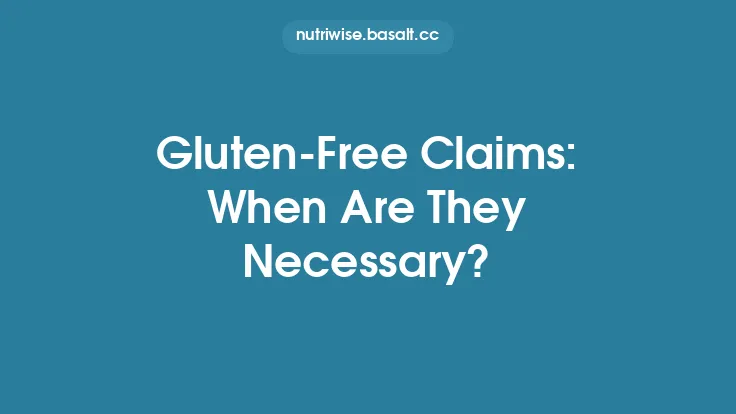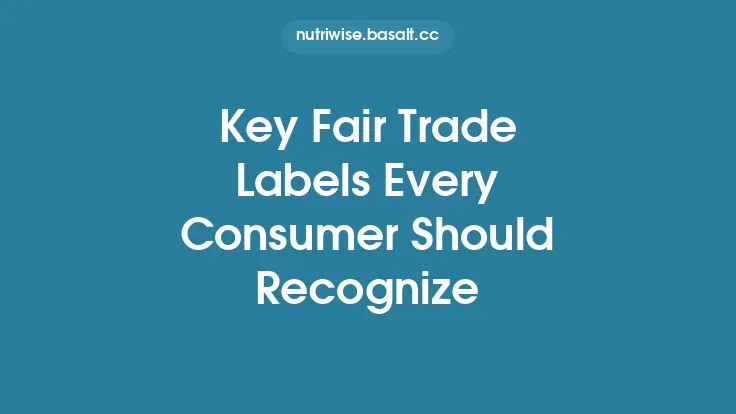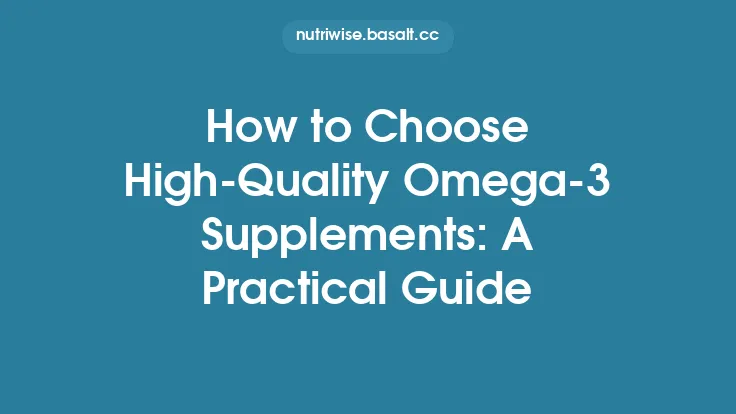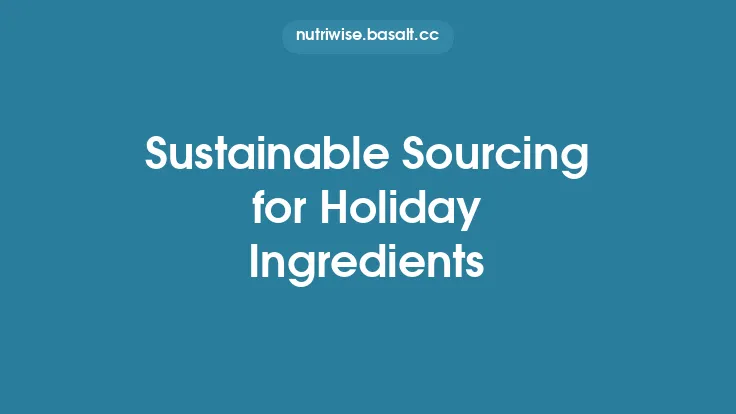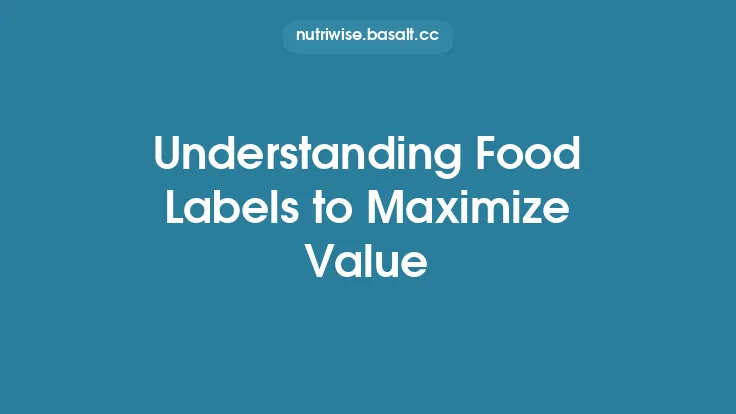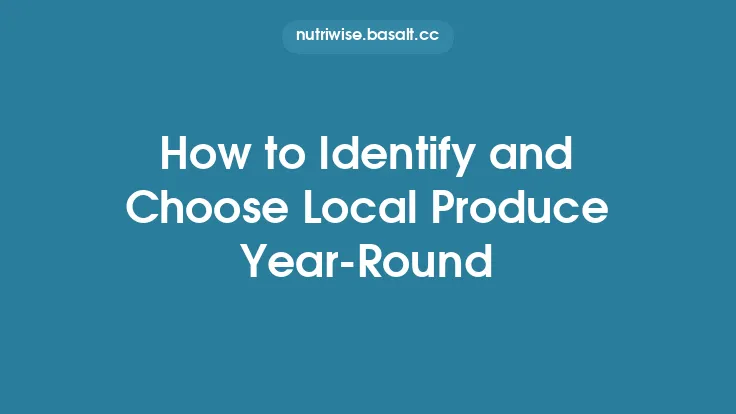When you walk through the grocery aisle or browse an online marketplace, the sheer number of “fair‑trade” claims can feel overwhelming. While many brands genuinely uphold the standards that protect farmers, workers, and the environment, a growing market for green‑washed labels means shoppers need a reliable toolbox for separating fact from fiction. Below is a step‑by‑step guide that equips you with practical, evergreen methods to verify fair‑trade claims on food products, whether you’re buying coffee beans, chocolate bars, or a bag of rice.
1. Start with the Certification Logo – Know the Trusted Symbols
The quickest visual cue is the certification logo printed on the package. However, not every logo carries the same weight.
| Certification | Issuing Body | Core Requirements (summary) | Typical Logo Appearance |
|---|---|---|---|
| Fairtrade International (FLO) | Fairtrade International | Minimum price, premium for community projects, safe working conditions, democratic farmer organization | “Fairtrade” with a green leaf |
| UTZ Certified (now part of Rainforest Alliance) | Rainforest Alliance | Good agricultural practices, decent wages, no child labor, environmental stewardship | “UTZ” in orange/green |
| Rainforest Alliance Certified | Rainforest Alliance | Biodiversity protection, sustainable farm management, worker rights | “Rainforest Alliance” with a green tree |
| Fair for Life (FfL) | Fair for Life | Similar to Fairtrade but includes broader supply‑chain audits, often used for processed foods | “Fair for Life” badge |
What to do:
- Verify the logo’s authenticity by comparing it to the official version on the certifier’s website. Logos can be subtly altered in counterfeit packaging.
- Check the logo’s placement – reputable certifications are usually printed on the front or back of the package, not hidden in fine print.
2. Cross‑Check the Product on the Certifier’s Database
All major fair‑trade certifiers maintain searchable online databases of certified products and producers.
Steps:
- Visit the certifier’s official site (e.g., fairtrade.net, rainforest-alliance.org).
- Use the “Product Search” or “Find a Certified Product” tool.
- Enter the brand name, product name, or barcode (UPC/EAN).
- Confirm that the specific SKU appears in the list, noting the certification year and any expiration date.
Why it matters:
Databases are updated regularly to reflect renewals, suspensions, or revocations. A product that once held certification may have lapsed, and the label may not yet have been updated.
3. Scan the Barcode with a Dedicated Verification App
Mobile apps have become a convenient way to verify claims on the go.
- Fairtrade Certified™ (official app) – scans the barcode and instantly shows certification status.
- Open Food Facts – community‑driven database that flags fair‑trade logos and links to certifier records.
- Buycott – lets you create custom “campaigns” to track brands you want to support or avoid.
Tips for effective use:
- Keep the app updated; certification data is refreshed periodically.
- If the app returns “unknown” for a product that displays a logo, treat it as a red flag and investigate further.
4. Examine the Ingredient List and Supply‑Chain Transparency
Fair‑trade standards apply to the primary agricultural commodity (e.g., coffee beans, cocoa nibs). However, processed foods often contain multiple ingredients sourced from different origins.
Practical checks:
- Identify the core ingredient that the fair‑trade claim refers to. For a chocolate bar, this is usually cocoa; for a cereal, it might be sugar or oats.
- Look for origin statements – reputable brands will specify “Fairtrade‑certified cocoa from Ghana” or similar.
- Beware of vague phrasing such as “sustainably sourced” or “ethically produced” without naming the certifier.
If the ingredient list includes non‑certified additives (e.g., palm oil, artificial flavors), the product may still carry a fair‑trade logo, but the claim only covers the primary ingredient. Decide whether that aligns with your personal standards.
5. Review the Brand’s Public Commitment and Documentation
Many companies publish sustainability reports, impact dashboards, or dedicated fair‑trade pages.
How to assess:
- Locate the brand’s sustainability or ethical sourcing section on its website.
- Check for downloadable PDFs of audit reports, third‑party verification statements, or progress metrics.
- Look for dates – recent documents (within the past 12 months) indicate ongoing compliance.
- Assess the depth of information – a genuine commitment often includes details on farmer training, premium allocation, and audit frequency.
If a brand merely displays a logo without any supporting documentation, treat the claim with caution.
6. Contact the Manufacturer Directly
When in doubt, a brief inquiry can provide clarity.
Suggested approach:
- Use the customer service email or contact form.
- Ask specific questions: “Can you confirm that the Fairtrade certification for product X is current? What is the certification number?”
- Request a copy of the most recent audit summary if not publicly available.
Companies that are transparent about their supply chain will typically respond promptly and provide the requested information. A delayed or evasive reply may be a warning sign.
7. Leverage Third‑Party Consumer Advocacy Resources
Independent watchdog groups and consumer NGOs maintain curated lists of trustworthy brands and flag those with questionable claims.
- Fair Trade Advocacy Network (FTAN) – publishes “Verified Fair‑Trade Brands” lists.
- Ethical Consumer – offers product ratings based on supply‑chain integrity.
- The Good Shopping Guide – provides a searchable database of ethical food products.
Cross‑referencing your product with these resources adds an extra layer of verification.
8. Understand the Audit Cycle and Scope
Fair‑trade certifications are not a one‑time stamp; they involve periodic audits.
Key points to know:
- Audit frequency – most certifiers conduct on‑site inspections annually or biennially.
- Scope of audit – includes farm practices, worker contracts, wage records, and community premium usage.
- Unannounced spot checks – some certifiers perform surprise visits to deter fraud.
If a product’s certification is nearing renewal, the label may still display the logo while the audit is pending. In such cases, check the certifier’s website for any notices of pending renewal.
9. Pay Attention to Packaging Details That Indicate Authenticity
Counterfeit fair‑trade packaging often contains subtle errors.
- Typography – official logos use specific fonts and spacing; mismatched lettering can be a clue.
- Color fidelity – faded or off‑color logos may indicate low‑quality reproductions.
- Security features – some certifications embed holographic strips, QR codes, or micro‑text that can be verified with a smartphone.
Scanning a QR code (if present) should direct you to a page confirming the product’s certification status. If the link leads to a generic marketing site, the claim may be dubious.
10. Keep a Personal Verification Log
Building a habit of documentation helps you stay consistent and provides evidence if you need to raise concerns.
Log template (digital or paper):
| Date | Store/Platform | Product | Brand | Certification Logo | Database Confirmation (Y/N) | App Scan Result | Notes |
|---|
Over time, this log can reveal patterns—such as certain retailers consistently offering verified fair‑trade items or brands that frequently change their certification status.
11. Recognize Common Red Flags
Even with diligent checking, some deceptive practices slip through. Keep an eye out for:
- Missing certification number – genuine labels often include a unique identifier.
- Overly broad claims – “Fair‑trade certified from farm to table” without specifying the certifier.
- Inconsistent branding – the same product sold under different brand names, with only one displaying a fair‑trade logo.
- Price anomalies – extremely low prices for products that should carry a premium may indicate a lack of genuine certification.
When you encounter any of these signs, pause and investigate further before purchasing.
12. Advocate for Greater Transparency in Your Favorite Stores
Your verification efforts can have a ripple effect.
- Ask store managers about their sourcing policies and request that they display certification verification sheets.
- Participate in store feedback surveys to encourage retailers to stock only verified fair‑trade items.
- Support retailers that provide clear, accessible information on their fair‑trade sourcing (e.g., dedicated shelf tags, in‑store kiosks).
Collective consumer pressure pushes the industry toward higher standards and reduces the space for misleading claims.
13. Stay Updated on Certification Changes
Fair‑trade standards evolve as new research and stakeholder feedback emerge. While this article focuses on evergreen verification steps, it’s wise to periodically:
- Subscribe to newsletters from major certifiers.
- Follow industry blogs that discuss updates to audit criteria or new certification schemes.
- Attend webinars or local workshops on ethical food purchasing.
Staying informed ensures that your verification toolkit remains effective as the landscape shifts.
14. Summarizing the Verification Workflow
Putting the steps together into a quick reference flowchart can streamline your shopping trips:
- Spot the logo → 2. Match it to the official version → 3. Search the certifier’s database → 4. Scan with an app → 5. Check ingredient origin → 6. Review brand documentation → 7. Contact the company if needed → 8. Cross‑reference third‑party resources → 9. Log the result → 10. Make the purchase decision.
Following this sequence reduces the likelihood of falling for unverified claims while keeping the process manageable.
15. Final Thoughts
Verifying fair‑trade claims is a skill that blends quick visual checks with deeper research when necessary. By employing the practical steps outlined above—leveraging official databases, reliable apps, transparent brand communication, and personal record‑keeping—you can shop with confidence, support genuinely ethical producers, and contribute to a food system that respects both people and the planet. Remember, each verified purchase not only rewards responsible growers but also sends a market signal that integrity matters, encouraging more brands to uphold the rigorous standards that fair‑trade certification represents. Happy, informed shopping!
